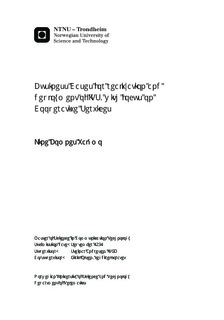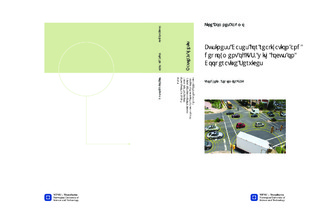| dc.description.abstract | There is an increasingly interest for implementation of Intelligent Transportation Systems around the world, and in some countries it is already successfully deployed and up and running. The reason for the desire for an ITS network is known user and environmental benefits, which in broad terms include safer road usage, efficiency and being environmental friendly.ITS is defined as a set of many advanced applications which aim at providing innovative services relating to different modes of traffic and transport management. In Norway, a technical solution for adapting ITS is already established after years with research and development, but there is a main factor holding back implementation; the question of who is financially responsible and whether it will benefit, or not, the organization that takes the responsibility.This thesis discusses the questions listed above through a cost benefit analysis and business models based on case studies formed by suggested ITS services. In order to generate business models it was necessary with an overview of interrelationships and responsibilities between various roles and stakeholders. Together with roles and stakeholders, user benefits and needs were posted and used in the case study and cost benefit analysis.Further, after addressing necessary terms and conditions, three case studies are suggested, formed by a special ITS service and the geographical area of Trondheim. These case studies include a model and a cost and revenue analysis used as subject to the cost and benefit analysis in the following chapter. In the cost benefit analysis the three different alternatives are compared against each other to find the most beneficial solution. The result from the cost and benefit analysis is in the end used as groundwork for the proposed business model, with elements for a ITS solution's value proposition, infrastructure, customers and finances. | nb_NO |

